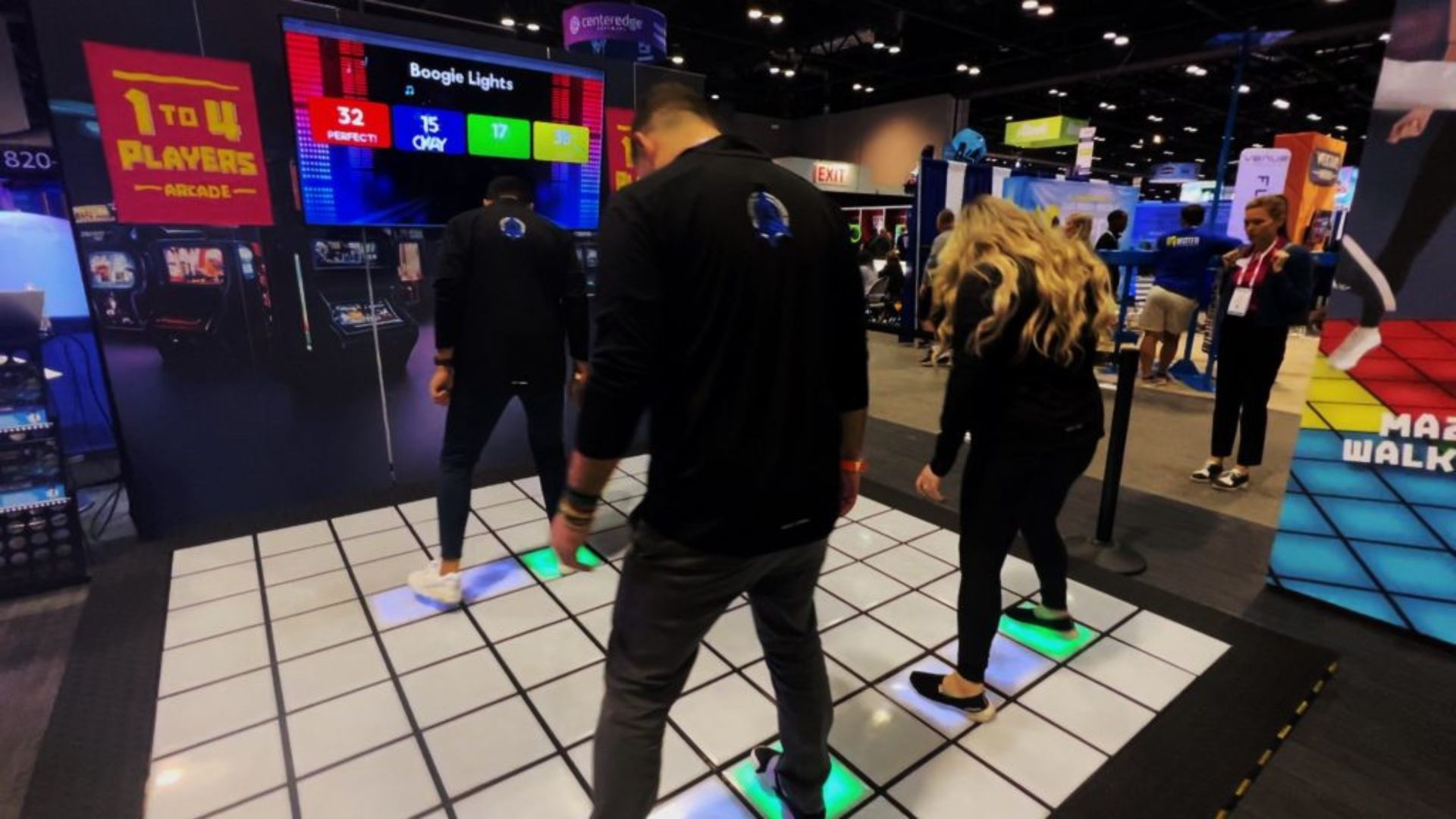The rise of Interactive entertainment signifies a paradigm shift in how audiences engage with content. This article explores the growing trend, shedding light on its impact on various forms of entertainment. Discover how interactive experiences are revolutionizing gaming, storytelling, and audience engagement.
The Power of Interaction
Firstly, the essence of interactive entertainment lies in its ability to move beyond static experiences. It empowers users to become active participants, shaping narratives, influencing outcomes, and co-creating the entertainment itself. Moreover, this interactivity fosters a deeper level of engagement, transforming audiences from passive viewers into invested participants.

A Spectrum of Experiences
Secondly, interactive entertainment encompasses a wide range of experiences, catering to various interests and preferences. Here are some of the key players in this ever-evolving landscape:
Video Games
Video games have long been pioneers in interactive entertainment, offering players the ability to influence in-game worlds through their actions and choices. The rise of open-world games, role-playing games, and online multiplayer experiences further amplifies this interactivity.
Live Streaming
Interactive Storytelling
Virtual Reality (VR) and Augmented Reality (AR)
VR and AR technologies are pushing the boundaries of entertainment by creating immersive experiences that blur the lines between the real and virtual worlds. VR allows users to step into virtual environments, while AR overlays digital elements onto the real world, fostering innovative interactive experiences.
The Broader Impact of Interaction
More so, the rise of interactive entertainment extends beyond mere entertainment. It has the potential to impact various aspects of our lives:
Education
Therapy
Interactive elements can be incorporated into therapeutic tools to address various conditions. Exposure therapy games can create safe virtual environments for patients to confront fears, while gamified cognitive training exercises can improve memory and problem-solving skills.
Social Connection
Online games and interactive platforms can foster social connections, particularly for individuals who might struggle with social interaction in real-world settings. Online communities built around shared interests provide a platform for communication, collaboration, and a sense of belonging.
The Future of Interaction
As technology advances, the future of interactive entertainment promises even greater levels of immersion and customization. Here’s a glimpse into what’s on the horizon:
Artificial Intelligence (AI)
AI can personalize interactive experiences by tailoring content and challenges to individual user preferences. Imagine an AI-powered game that adjusts difficulty levels and narrative elements based on your gameplay style.
Advanced VR and AR
Advancements in VR and AR will create even more realistic and interactive experiences. Imagine attending virtual concerts or exploring historical landmarks in stunning detail within a VR environment.
The Rise of the Metaverse
Moreover, the concept of the metaverse, which represents a persistent virtual world where users can interact and collaborate, is gaining traction. Consequently, this virtual space could host interactive experiences beyond imagination, thereby blurring the lines between entertainment, work, and social interaction.
Conclusion
In conclusion, interactive entertainment is no longer a niche phenomenon. It’s a rapidly growing force, transforming the way we engage with content and reshaping the entertainment landscape. From immersive virtual experiences to collaborative storytelling platforms, interactive entertainment offers a future where audiences are no longer passive consumers, but active participants in a dynamic and ever-evolving world of entertainment.











